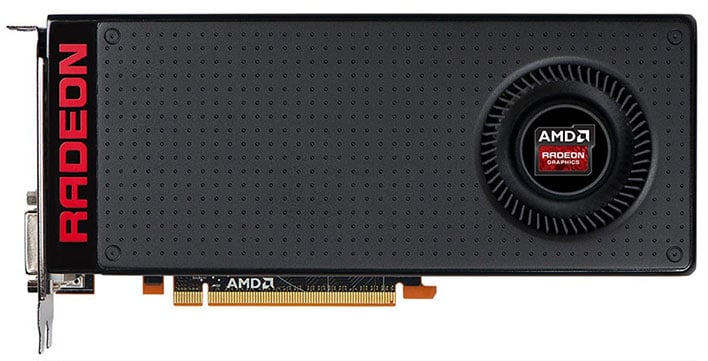AMD Releases Radeon Adrenalin 21.6.1 Software, Ends Support For These Legacy GPUs

Anyone who owns a graphics card based on AMD's Graphics Core Next (GCN) architecture may want to seek comfort in Willie Nelson singing, "Turn out the lights, the party's over." Why is that? Starting with the latest Radeon Software Adrenalin release (version 21.6.1), a wide range of GCN cards are officially classified as legacy GPUs and no longer supported by AMD.
Hey, it was good long run for GCN, but as the Red Headed Stranger also sang, "All good things must end." The last supported driver release for affected GCN models is the previous Radeon Software Adrenalin 21.5.2 package, which AMD pushed out a little over a month ago.
"This change enables AMD to dedicate valuable engineering resources to developing new features and enhancements for graphics products based on our latest graphics architectures," AMD explains.
AMD is not forcing every single GCN card into retirement, but a lot of them are, which will allow the company to focus on newer cards and features. For example, AMD has just begun rolling out its FidelityFX Super Resolution (FSR) technology, an open source upscaling technique that is essentially a counter to NVIDIA's proprietary Deep Learning Super Sampling (DLSS) technology, though they work in different ways.
As to the affected models, here is a list of desktop GPUs that now bear the legacy badge with the latest driver release...
- A-series APUs wit Radeon R4, R5, R6, and R7 graphics
- Pro A-series APUs with Radeon R5 and R7 graphics
- Athlon APUs with Radeon R3 graphics
- Sempron APUs with Radeon R3 graphics
- Radeon R9 Fury and R9 Nano series
- Radeon R9 300 and 200 series
- Radeon R7 300 and 200 series
- Radeon R5 300 and 200 series
- Radeon HD 8500 through 8900 series
- Radon HD 7700 through 7900 series
And here is a list of affected mobile GPUs that are no longer supported...
- A-series Pro processors with Radeon graphics
- FX-series APUs with Radeon R7 graphics
- E-series APUs with Radeon R2 graphics
- Radeon R7 M400, M300, and M200 series
- Radeon R9 M400, M300, and M200 series
- Radeon HD 8500M through 8900M series
- Radeon HD 7700M through 7900M series
Some of these cards are around a decade old, like the Radeon HD 7000 series lineup. Others are a bit newer—cards like the Radeon R9 380X (Fiji) and Radeon R9 Nano (Tonga) came out in 2015. It's not clear how many of these legacy cards are still being used, though a peek at Steam's hardware survey suggests that the vast majority of gamers have moved on to newer hardware.
In addition to older GCN cards, AMD has ended Radeon Software support for Windows 7, which comes as Microsoft is getting ready to introduce the world to Windows 11 (for anyone interested, we recently ran some Windows 11 benchmarks).
AMD is not alone in putting older graphics cards on the chopping block. Last week, NVIDIA let it be known that the last 'Game Ready' driver for its Kepler-era GPUs (like the GeForce GTX 700 and 600 series) will come at the end of August. That will also be the last one to support Windows 7 and 8/8.1.
That said, NVIDIA will continue to dish out security updates for Kepler, as needed. AMD has not said whether or not that will also be the case for its legacy GCN cards, only that support in general ends with Adrenalin 21.6.1.
We can't fault either company for focusing their driver efforts on newer architectures—expecting support to last forever is simply unrealistic. That said, affected owners of older graphics cards will find the timing to be especially crummy, given that graphics cards are in short supply and prone to high markups by marketplace and second-hand sellers.

